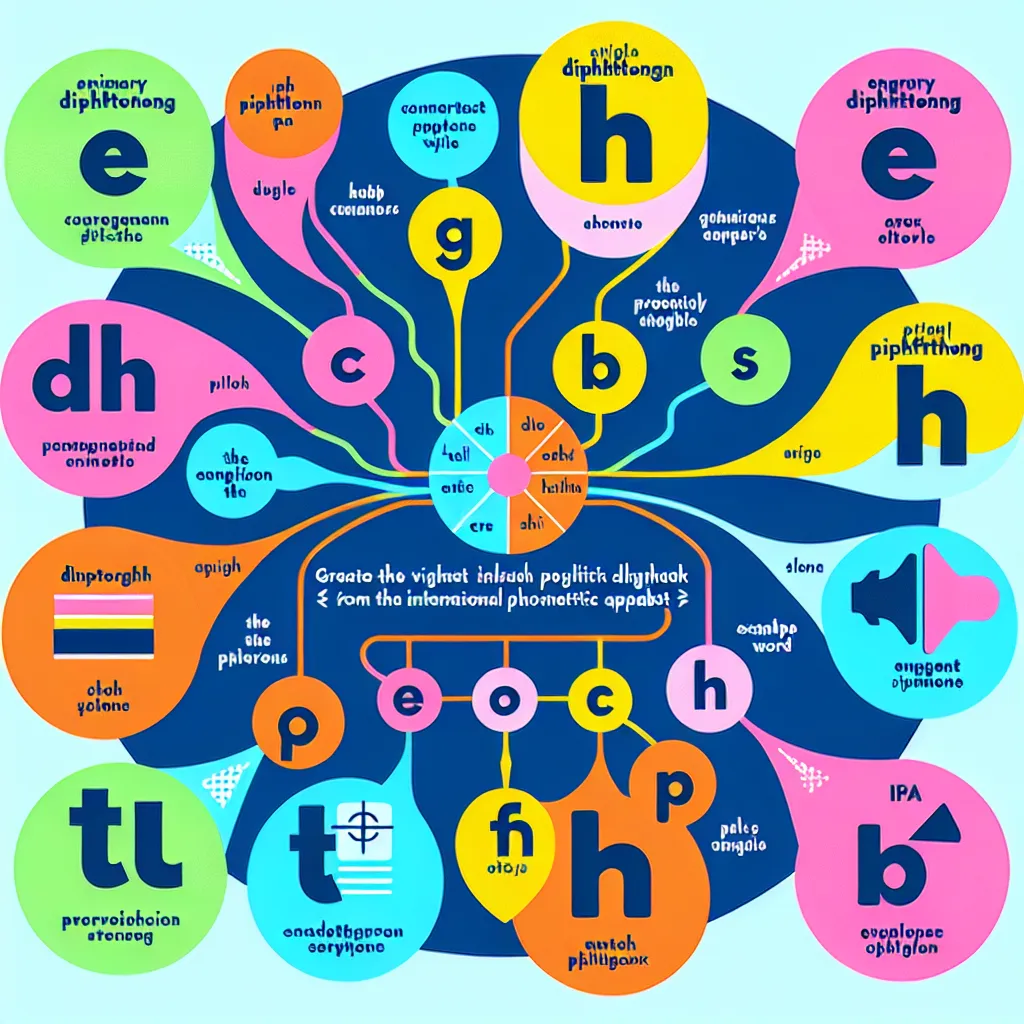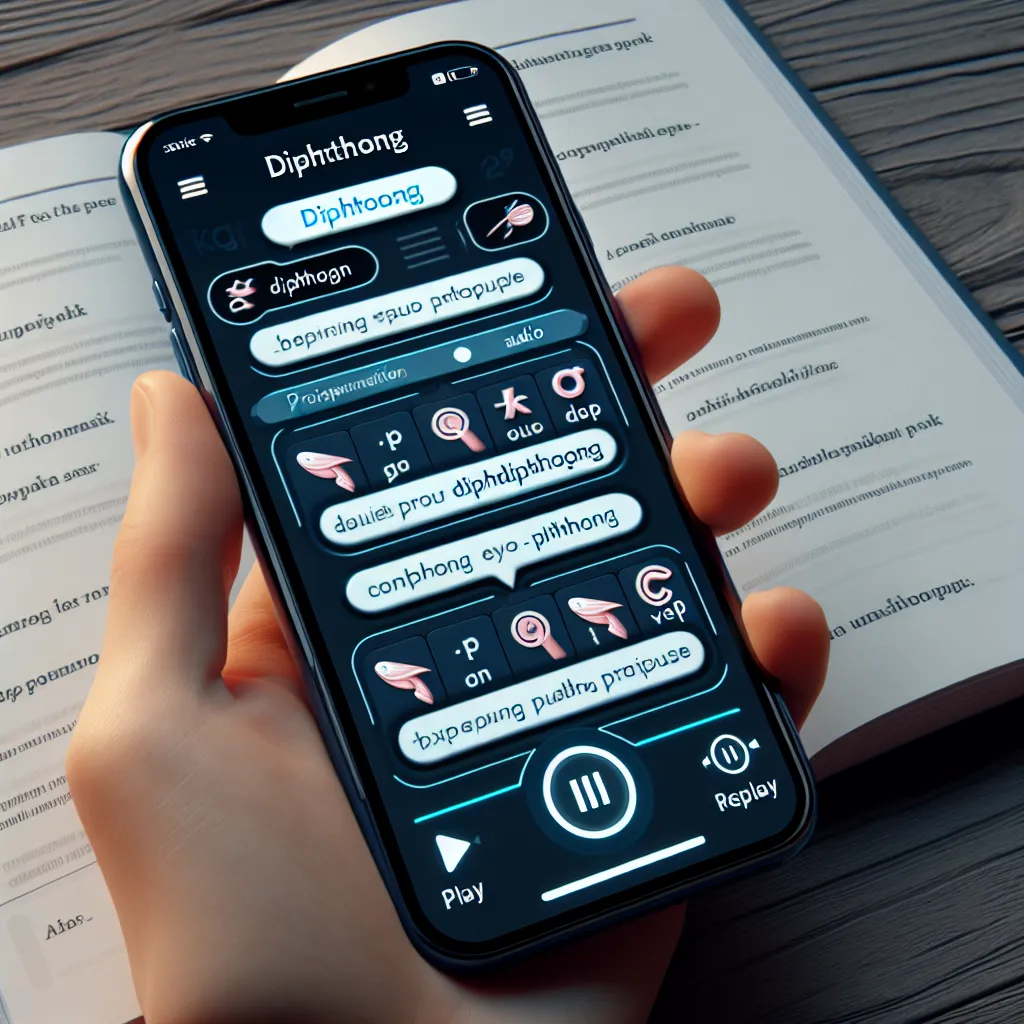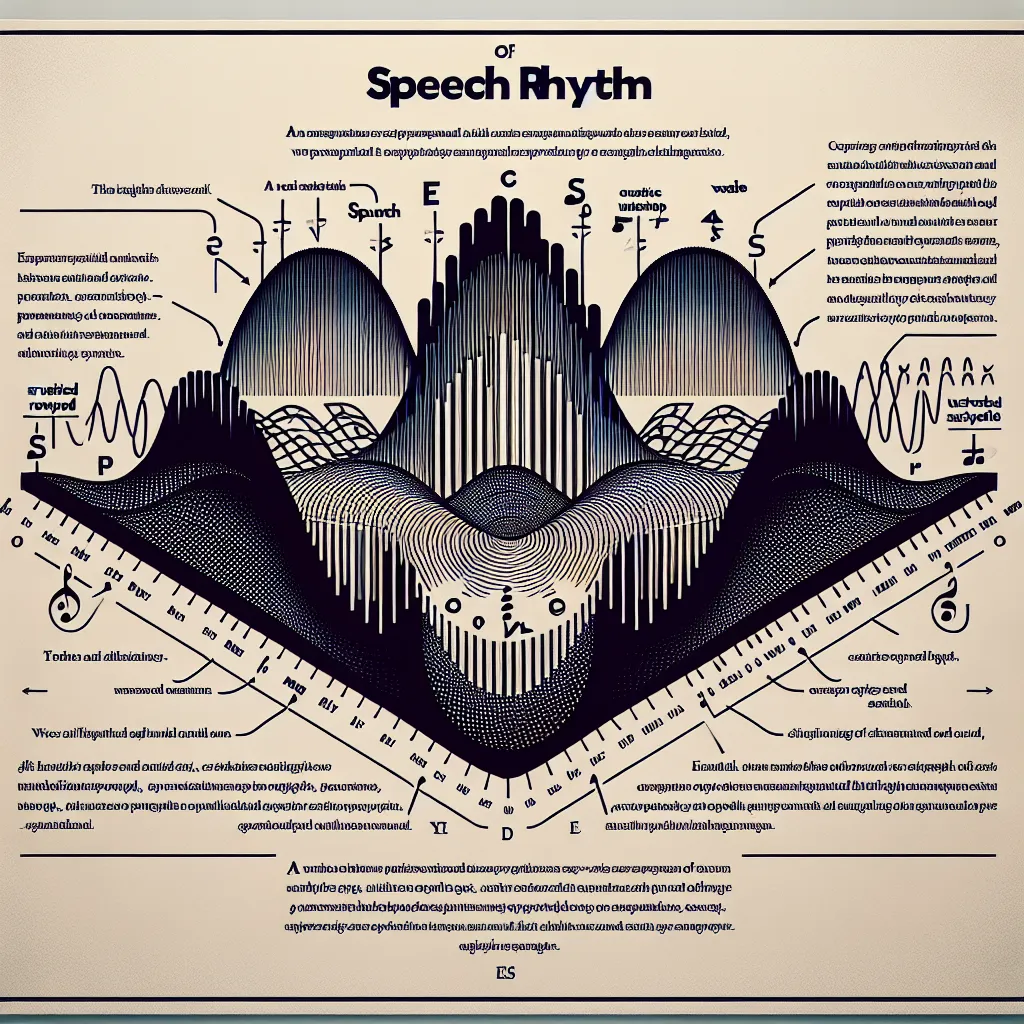English pronunciation can be challenging, especially when it comes to diphthongs. These complex vowel sounds are crucial for achieving natural-sounding speech. This guide will explore effective Strategies For Mastering English Diphthongs, helping you improve your pronunciation and overall language skills.
Understanding Diphthongs: The Foundation of Fluent Speech
What Are Diphthongs?
Diphthongs are vowel sounds that involve a smooth transition from one vowel sound to another within the same syllable. They are an essential part of English pronunciation and can significantly impact your ability to communicate effectively.
 English Diphthongs Diagram
English Diphthongs Diagram
Why Are Diphthongs Important?
Mastering diphthongs is crucial for several reasons:
- Improved clarity: Correct pronunciation of diphthongs ensures your speech is clear and easily understood.
- Natural-sounding speech: Native-like pronunciation includes proper use of diphthongs.
- Reduced miscommunication: Incorrect diphthong pronunciation can lead to misunderstandings.
- Enhanced listening skills: Understanding diphthongs improves your ability to comprehend native speakers.
Common English Diphthongs and Their Pronunciations
English has eight main diphthongs. Let’s explore each one with examples:
- /eɪ/ as in “say” or “weigh”
- /aɪ/ as in “my” or “ride”
- /ɔɪ/ as in “boy” or “coin”
- /aʊ/ as in “now” or “house”
- /əʊ/ as in “go” or “boat”
- /ɪə/ as in “ear” or “clear”
- /eə/ as in “air” or “bear”
- /ʊə/ as in “tour” or “cure”
Strategies for Mastering English Diphthongs
1. Listen and Repeat
One of the most effective ways to improve your diphthong pronunciation is through active listening and repetition.
- Use resources like pronunciation dictionaries or language learning apps that provide audio examples.
- Listen carefully to native speakers and try to mimic their pronunciation.
- Record yourself and compare your pronunciation to native speakers.
2. Practice Mouth Movements
Understanding the physical aspects of diphthong production can greatly improve your pronunciation.
- Use a mirror to observe your mouth movements as you practice.
- Focus on the transition between the two vowel sounds in each diphthong.
- Practice exaggerating the mouth movements at first to feel the difference between sounds.
3. Utilize Minimal Pairs
Minimal pairs are words that differ in only one sound. Practicing with minimal pairs can help you distinguish between similar diphthongs and improve your pronunciation accuracy.
Examples:
- “bite” (/aɪ/) vs. “boat” (/əʊ/)
- “boy” (/ɔɪ/) vs. “buy” (/aɪ/)
- “hair” (/eə/) vs. “here” (/ɪə/)
4. Incorporate Diphthongs into Sentences
Practice using diphthongs in context by incorporating them into full sentences or short dialogues.
Example:
“I tried to buy a new toy, but the store was closed.”
(This sentence includes the diphthongs /aɪ/, /ɔɪ/, and /əʊ/)
5. Use Pronunciation Apps and Online Resources
Take advantage of technology to support your learning:
- Apps like ELSA Speak or Sounds: Pronunciation App provide targeted practice for diphthongs.
- Websites like Forvo or YouGlish allow you to hear pronunciations from native speakers in various contexts.
 English Pronunciation App Interface
English Pronunciation App Interface
6. Learn the International Phonetic Alphabet (IPA)
Understanding the IPA can help you visualize and remember the correct pronunciation of diphthongs.
- Study the IPA symbols for English diphthongs.
- Use IPA transcriptions in dictionaries to guide your pronunciation.
7. Practice Tongue Twisters
Tongue twisters that feature diphthongs can be an enjoyable way to improve your pronunciation skills.
Example:
“How now, brown cow?” (Focuses on the /aʊ/ diphthong)
Common Mistakes and How to Avoid Them
-
Separating the two vowel sounds: Remember that diphthongs should be pronounced as one smooth sound, not two distinct vowels.
-
Not completing the sound: Ensure you finish the full movement of the diphthong, especially the second part of the sound.
-
Confusing similar diphthongs: Pay close attention to the subtle differences between similar diphthongs, such as /eɪ/ and /aɪ/.
-
Overemphasizing: While it’s important to pronounce diphthongs clearly, avoid exaggerating them in normal speech.
-
Ignoring regional variations: Be aware that diphthong pronunciation can vary slightly between different English accents.
Phonemic Chart and Commonly Mispronounced Words
Here’s a simplified phonemic chart focusing on diphthongs:
/eɪ/ – say, weigh
/aɪ/ – my, ride
/ɔɪ/ – boy, coin
/aʊ/ – now, house
/əʊ/ – go, boat
/ɪə/ – ear, clear
/eə/ – air, bear
/ʊə/ – tour, cure
Ten commonly mispronounced words containing diphthongs:
- “Height” (/haɪt/) – Often mispronounced as “heighth”
- “Tour” (/tʊə/) – Sometimes pronounced as “tore”
- “Choir” (/kwaɪə/) – Frequently mispronounced as “quire”
- “Buoy” (/bɔɪ/) – Often mispronounced as “boo-ee”
- “Chaos” (/keɪɒs/) – Sometimes pronounced as “chay-os”
- “Coupon” (/kuːpɒn/) – Frequently mispronounced as “que-pon”
- “Mischievous” (/mɪstʃɪvəs/) – Often mispronounced as “mis-chee-vee-us”
- “Foyer” (/fɔɪeɪ/) – Sometimes pronounced as “foy-er”
- “Quay” (/kiː/) – Frequently mispronounced as “kway”
- “Bouquet” (/buːkeɪ/) – Often mispronounced as “bo-quet”
To correct these mispronunciations, focus on the correct diphthong sounds and practice regularly using the strategies outlined in this guide.
Conclusion
Mastering English diphthongs is a crucial step towards achieving natural and fluent pronunciation. By understanding the mechanics of diphthongs, practicing regularly, and utilizing the strategies outlined in this guide, you can significantly improve your pronunciation skills. Remember that consistent practice and patience are key to success. Don’t be afraid to make mistakes – they’re an essential part of the learning process. Keep practicing, and you’ll soon notice a marked improvement in your English pronunciation.
We encourage you to share your experiences and any additional tips you may have in the comments below. For more resources on English pronunciation and language learning, be sure to explore our other articles on LearnEnglish.net.




